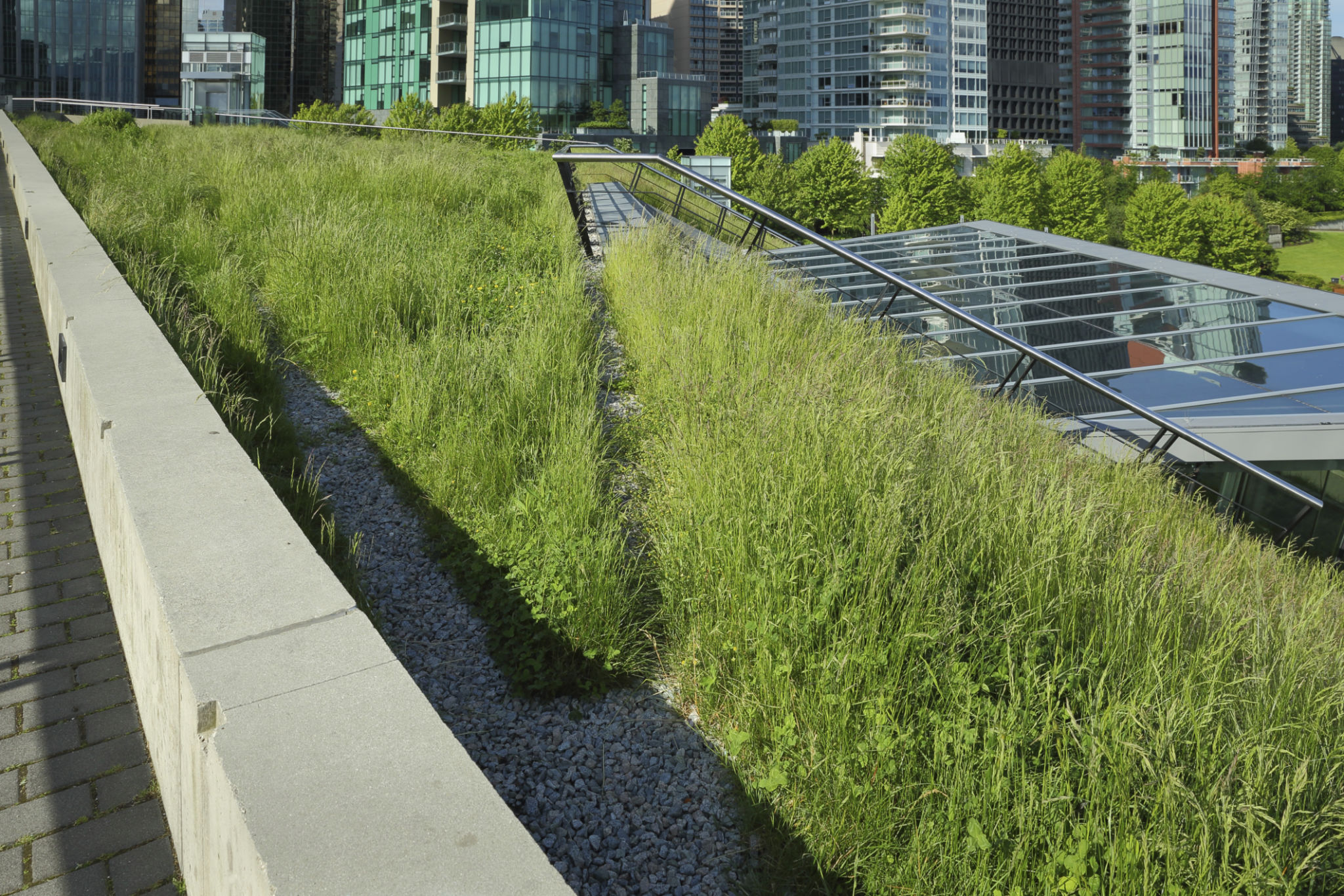Success Stories: How Vertical Gardens Transformed Urban Living Spaces
The Rise of Vertical Gardens
In recent years, vertical gardens have emerged as a transformative trend in urban living spaces. As cities grow more crowded and green spaces become scarce, these innovative gardens offer a sustainable solution to enhance urban environments. By utilizing walls and vertical structures, they bring nature into cityscapes in an efficient and visually appealing way.
Vertical gardens, also known as green walls or living walls, are built using a range of systems that allow plants to grow on vertical surfaces. These systems can be customized to fit various environments, from small residential patios to large commercial buildings. The benefits they bring are numerous, impacting both the environment and the quality of life for city dwellers.

Environmental Benefits
One of the most significant advantages of vertical gardens is their positive impact on the environment. By increasing the amount of greenery in urban areas, they help reduce urban heat island effects, improve air quality, and promote biodiversity. This is particularly important in cities where pollution levels are high, and natural habitats are limited.
Vertical gardens also play a crucial role in managing stormwater. The plants and their growing mediums can absorb rainwater, reducing runoff and easing the burden on urban drainage systems. This not only helps prevent flooding but also contributes to cleaner waterways by filtering pollutants from the rainwater.

Enhancing Urban Living
Beyond environmental benefits, vertical gardens significantly enhance urban living spaces by adding aesthetic value and promoting well-being. The presence of greenery has been shown to reduce stress levels, improve mental health, and increase productivity among city dwellers.
For businesses, installing a vertical garden can create a welcoming atmosphere for customers and employees alike. It transforms dull, concrete spaces into vibrant, engaging environments that encourage interaction and creativity. This shift can lead to increased foot traffic and a stronger sense of community.

Success Stories from Around the World
Numerous cities have embraced the concept of vertical gardens with impressive results. In Singapore, for example, the government has actively promoted the use of green walls as part of its "City in a Garden" vision. The city-state's iconic Supertree Grove showcases this commitment, featuring towering vertical gardens that captivate visitors from around the globe.
In Paris, the Musée du Quai Branly boasts one of the most famous living walls designed by botanist Patrick Blanc. This lush façade not only serves as a stunning piece of art but also provides insulation for the building, reducing energy consumption.
Getting Started with Vertical Gardens
For those interested in incorporating vertical gardens into their own spaces, there are several factors to consider. Start by evaluating the available space and sunlight conditions to determine the best type of plants to use. It's also important to choose a suitable irrigation system to ensure the plants receive adequate water and nutrients.
- Assess your space and sunlight availability.
- Select appropriate plants for your environment.
- Install a reliable irrigation system.
Whether you're a homeowner looking to refresh your balcony or a business aiming to enhance your premises, vertical gardens offer a versatile and effective solution. By embracing this green innovation, you can contribute to a more sustainable urban future while enjoying the beauty and benefits of nature right at your doorstep.